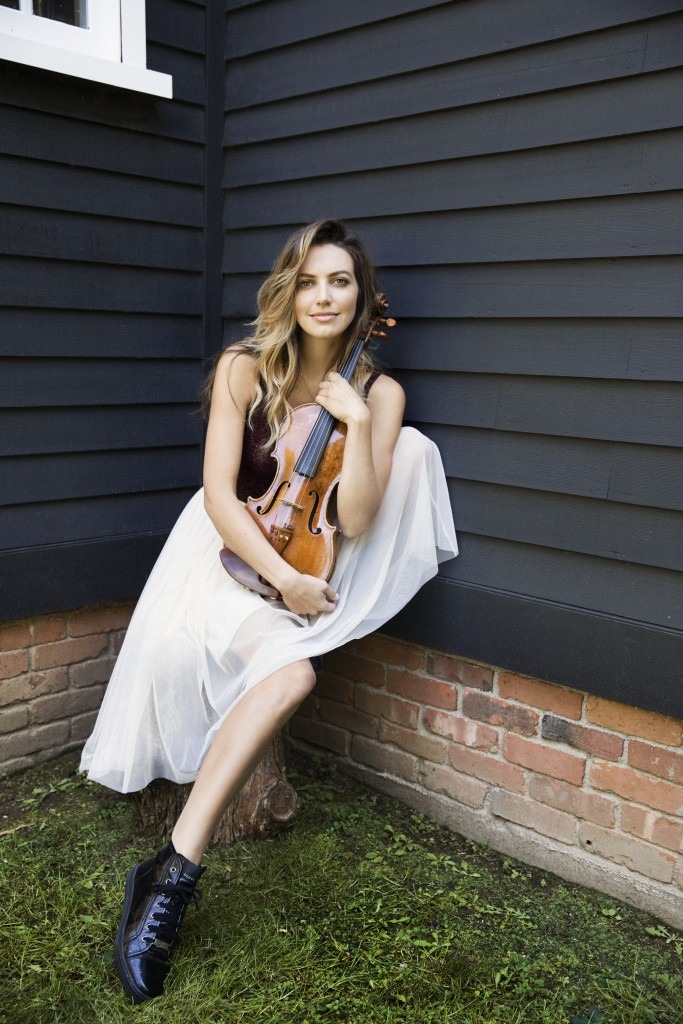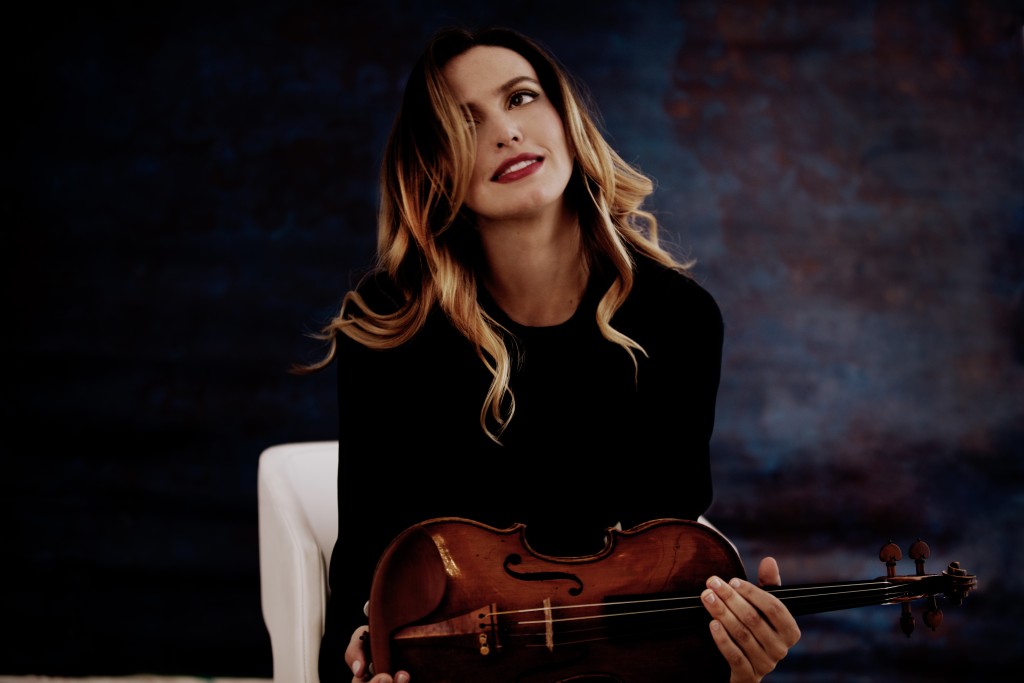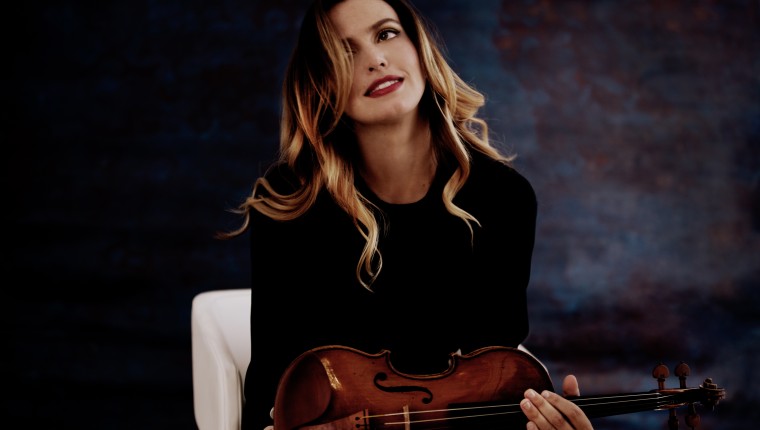April 12-14
Tampa and St Pete
Details here
We all remember the 1984 movie Amadeus, which depicts the creative and tragically short life of Mozart. In one scene, the composer leans over a pool table, rolling a ball back and forth against the side rails as he jots notes on a sheet of paper. The resulting masterpiece could have been a symphony, concerto, or the Sinfonia Concertante for Violin and Viola.
The moment captures the perceived ease of Mozart’s writing style – here, a moving ball keeps tempo as he fills bar after bar with a magic that many composers could only dream of.
The violist Sarah McElravy knows this magic well and shares it with listeners April 12-14 during The Florida Orchestra’s latest Masterworks program. The three concerts feature McElravy in the Sinfonia Concertante along with her husband, the violinist and conductor Julian Rachlin, who rounds things out with Berlioz’s Roman Carnival Overture and Dvořák’s Symphony No. 9, From the New World.
We caught up with McElravy – making her TFO debut − and posed some questions about the piece and what makes it unique. But the mere fact that a 23-year-old wrote such an elevated work is, in itself, hard to comprehend.
“The normal rules of age and experience didn’t apply to Mozart,’’ the Canadian-born musician says. “His grasp of composition and his emotional maturity were not only far beyond his years but masterful from when he was just a young child. In my opinion, there’s never been, and never will be, a genius quite like Mozart.’’

McElravy – who plays a 1785 Lorenzo Storioni viola − calls the Sinfonia “profound and meaningful’’ in its impact, and striking in how it pairs the normally shy viola with the more gregarious violin.
In the classical era, the viola played a supporting role in concerts – then Mozart comes along and “breaks this tradition and invites the viola to shine with expressive and virtuosic passage work’’ on a new level, she says.
Yet, like so much of Mozart, the music sounds almost childlike in its simplicity. That’s the hardest part for a violist, much less any soloist.
“It’s extremely challenging, and one always feels exposed when playing Mozart, but the music is glorious and is a thrill to perform,’’ she says. “Mozart understood the viola so well and I think this freedom and mastery in his writing are felt by all violists.’’
True to its name, the Sinfonia Concertante is a blend of symphony and concerto that weds two sweetly matched string instruments. Mozart imagined the work only a few years after completing his five concertos for violin, so this can be viewed a sixth in the series – but a double concerto.
So, how do violin and viola communicate with each other? Are they complementary or competing characters in the musical narrative?
“I approach double concertos the same way that I approach chamber music,’’ McElravy says. “I think of the entire work as a conversation between the violin and viola. Some passages are loving conversations, others joyful, and some more searching and complex.
“Mozart writes so masterfully for both instruments that there is no need to compete. Both voices shine and sing throughout the whole concerto.’’
The opening movement, marked maestoso, begins with a two-minute orchestral introduction, almost like the overture to an opera. This is important because the development throughout is bursting with arioso-like phrasing.
The middle section is believed to be a tribute to Mozart’s mother, who died in Paris while accompanying her son on tour. “It’s a conversation where Mozart says farewell to his mother,’’ notes TFO Music Director Michael Francis. “Something incredible happens here.’’
McElravy agrees that this andante is among the composer’s most eloquent moments – and a true dialog, dipped in grief, between the soloists. Listen to how the violin plays its weeping aria while the viola offers consolation, a seamless melding of ideas that Richard Wagner later called “infinite melody.’’
“The andante is truly one of the most beloved movements in the classical music repertoire,’’ McElravy says. “Some suggest the viola represents Mozart’s mother’s comforting voice, a thought that stays with me often when I am performing.
“The dialogue between the two instruments always leaves me with goosebumps.’’
Any sadness vanishes in the presto finale, a return to good spirits with violin and viola voicing in the highest register as they weave their lines in and around the orchestra. So typical of Mozart, he responds to darkness with a ray of light.
McElravy has performed the Sinfonia around the world, and in making her first appearance in the Tampa Bay area, she hopes to share something more than just the ideas of an 18th century composer. There is something else at work here.
“Collaborating with musicians from all over the globe is an incredible feeling, as music is a language without borders and the strongest ambassador for peace,’’ she says.
“My hope is that audiences feel like they’re an important part of this process.’’
Friday, April 12 at 8 pm
Straz Center, Tampa
Saturday, April 13 at 8 pm
and
Sunday, April 14 at 2 pm
Mahaffey Theater, St. Petersburg




